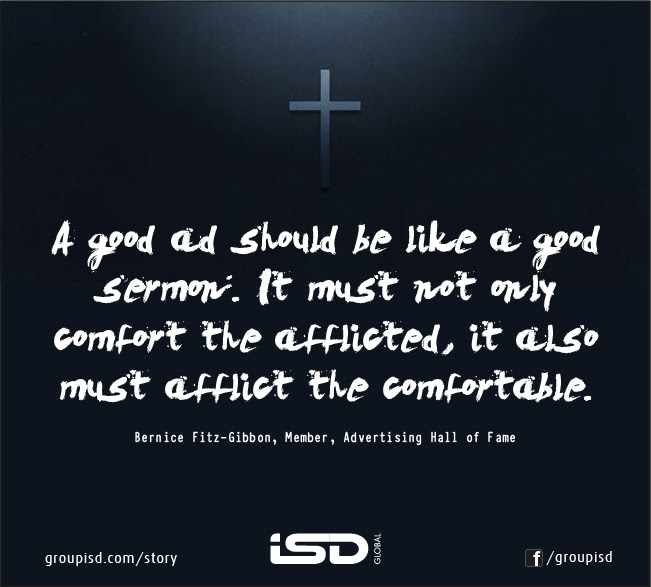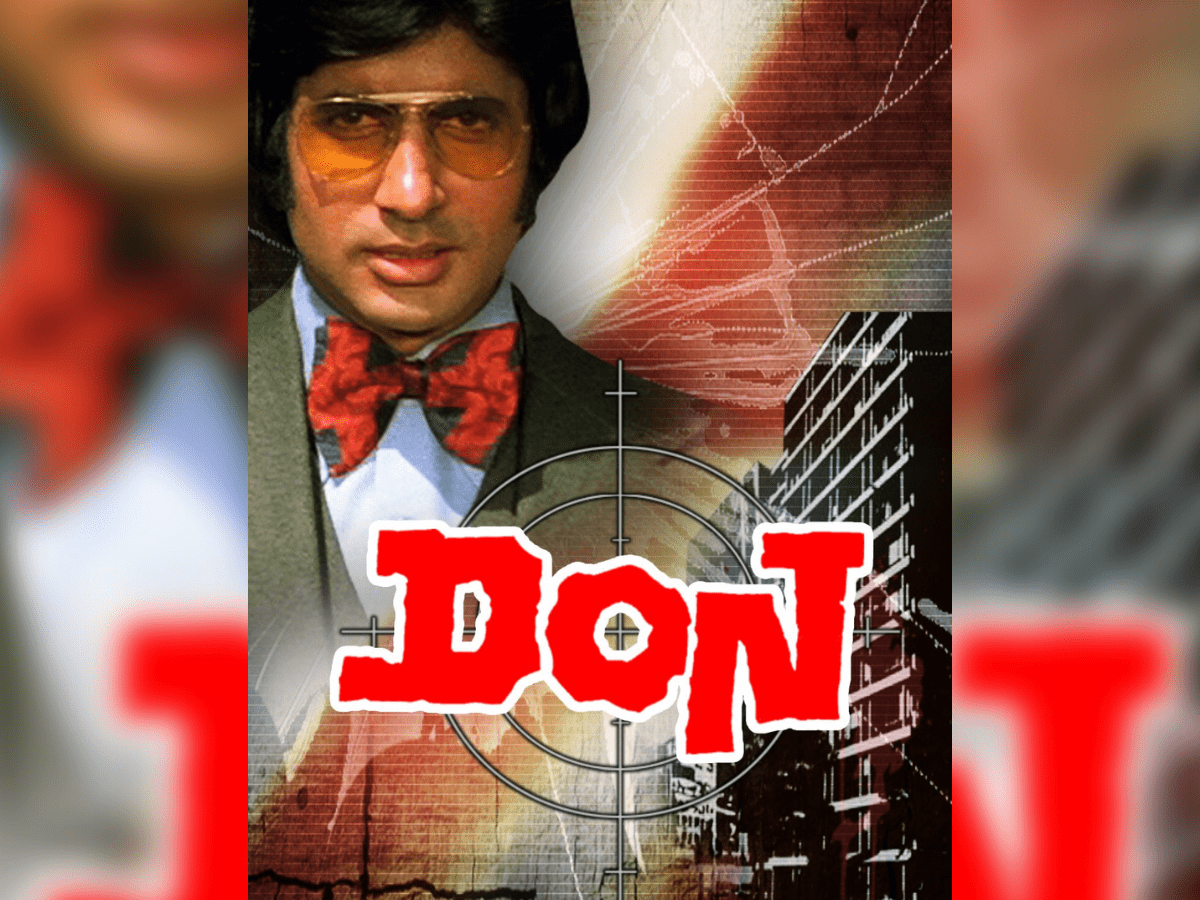Taking advantage of the flexibility of the English language, the caption is an attempt to share a vocabulary all its own. For convenience sake, I have captioned it ‘ locabulary ‘.
” English language is the most universal language in history, way more than the Latin of Julius Caesar. It’s the most punderful language because its vocabulary has a certain critical mass that makes a lingo good for punning “- Richard Lederer
Move over the vocabulary pundits. With due respect to Mariam-Webster, Oxford, Collins and what have you. This warrants a new dictionary. Lets turn the page.
Here are some extracts from every day local communication from Maximum City Bombay that a lot of you would be using or aware of and that which breaks the mould. They bear testament to the fact that nothing like ‘ radical candor ‘ to get the message across. No compliance or adherence to the default. Here goes:
Abbey: Before you get there, let me forewarn you that this has nothing to do with a nunnery or a monastery like what you would see in places like the UK. It is just a wake up call to someone asking him to smell the coffee. It puts everyone out there on a level playing field(inspired by the DEI rallying cry) and is oblivious to titles be it Ms | Mr, positions of authority or any such formality. No power dynamics at work here.
Chayyla: Before you rush to get a cup of tea, and invoke the bawarchi in you, pause. This is used when you feel short changed or have made a fool of yourself. More like a self admonition than anything else.
PS: Chayyla is best expressed at 20 db decibel levels.
Khajoor : This would be a detrimental representation of ‘ dates ‘ as it should be known conventionally but here the parlance is referring to someone who is downright stupid. Nicely palmed off I dare say. Khajoor sows the seed with a sweet tinge of respectful disdain.
Pendal: First I was at pains to understand what this meant and I continued soft-pedalling the issue. Only to realise later on that this is a well accepted pseudonym for ‘ pedal ‘, as seen on bicycles. And the big advantage is that just like pedal, pendal can be used either as a verb or a noun.
Poblem: Without any problem I reckon you have guessed it. Why are we bothered about the ‘r‘ as long as the problem is getting conveyed. Ignore the letter r in the right spirit. I have no poblem..I mean problem with that. After all phonetics has to have a say! Actually, subtracting one r from the word, seems to have added some weight to the problem, don’t you think so?
Singal: If you turn red or amber or green on this one, I can understand. Though the alphabets are juxtaposed, what is being signaled is signal. So, left, right or state..straight? Traffic law abiding citizens are well versed with this, whether they are single or..
Waat: I know some of you might be letting off steam on hearing this but this has no relation whatsoever to James Watt( of Steam Engine fame). Waat is the weighted average explanation of a totally screwed up situation. Waat The F…? Not to be mistaken with ” Waat Pahath Hotha “, mind you. Imagine, waiting for ‘waat‘? We and our masochistic tendencies!
Apun: This may come across as a pun but there is no pun intended here. This is I, me, myself and defending one’s turf with a vengeance. Apun has a close relationship with the beach town of Alibaug and is best expressed in this usage ” Apun Alibaug se nahee aaya “- meaning- I am not a fool. I have not come from Alibaug. Embedding destination branding in everyday parlance has been inspired from this. So ahead of time!
Peshyal: Before you wonder what is so special about this, let me offer you more than a hint. This is something masquerading as special. Last heard, I am given to understand that Peshyal could also be spelt as Paycial. I am spell bound. Next time, I will do some more spell check.
Ghochoo: Tempted as you would be, please don’t rush to conclude that this is another brand from the Jimmy Choo stable. This is a not so decorated but a go-to way of addressing an idiot. The jury is still out on whether Ghochoo has an oriental descent but apparently it has been patented by Dongri, Kabutar Chawl inhabitants.
Chaapter : Stop, don’t turn the page. This has no connection to the chapters that we have in books. The additional ‘a‘ in Chapter distinguishes itself from the run of the mill. A for aura. This is a hyper localised version of addressing a shrewd and cunning person. How you role your tongue and at what angle do you open your mouth is critical in getting the pronunciation for chaapter right. Going slightly awry would mean closing the chapter shut.
Raada: Phonetics could play tricks on you and coerce you to think this would be from the Prada lineage. Alas, sorry to disappoint you. A raada is a heated argument with a strong potential to go upstream and become a full scale physical assault.
Vat Le: This is no government diktat on the collection of VAT. Nor is anyone using the French masculine article Le wrongly. Vat Le is a crisp get lost message delivered best with just one side of the mouth and minimal lip movement. Just imagine Marlon Brando saying Vat Le in Godfather and you will know what i mean.



